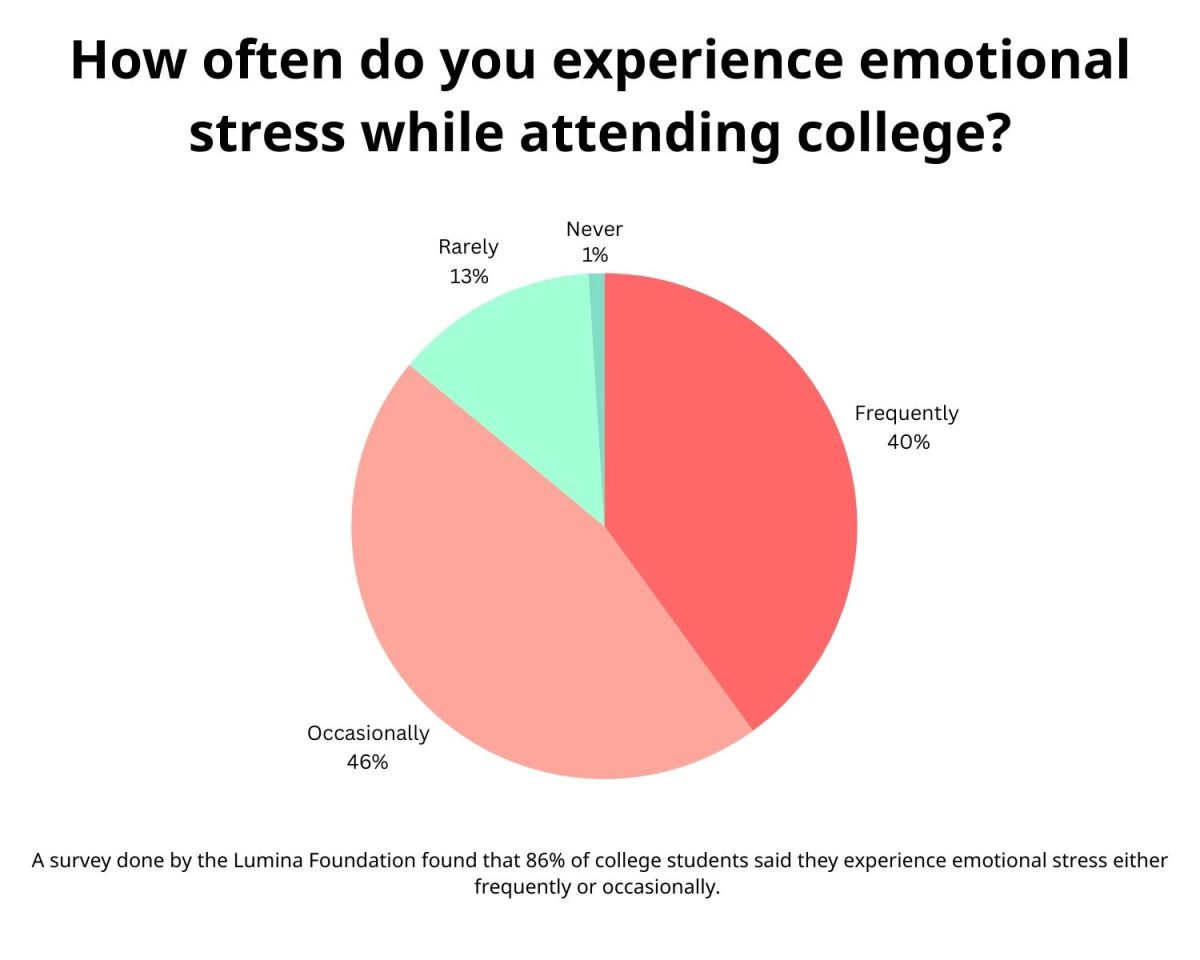The Search for Extraterrestrial Intelligence, better known as SETI, is run by a private, nonprofit organization called the SETI Institute, which is dedicated to scientific research, education and public outreach, according to www.seti.org. Also stated on its website, “the mission of the SETI Institute is to explore, understand and explain the origin, nature and prevalence of life in the universe.”
Now, many people immediately discredit anyone who takes the idea of intelligent aliens seriously. Admittedly, pretty much all claims of alien abductions and unidentified flying objects are completely ungrounded and lack even the beginnings of credible evidence. The argument for intelligent life existing in the universe somewhere, anywhere besides just here on Earth, is grounded in statistics and logical reasoning, not on wild tales of abduction, vivisection and impregnation. Frank Drake, who used to work in the astronomy department at Cornell, developed an equation to model the probable number of advanced, communicating extraterrestrial civilizations within the Milky Way Galaxy. Although there are several ways to calculate this, according to Carl Sagan’s book “Cosmos,” the Drake Equation is:
N = N* * Fp * Ne * Fl * Fi * Fc * FL
N = Probable resultant number of communicable civilizations within the Milky Way.
N* = Best estimate of the number of stars in the Milky Way.
Fp = Fraction of these stars that have planetary systems.
Ne = Average number of planets in a planetary system that are suitable for life in some way.
Fl = Fraction of those suitable planets where life actually arises.
Fi = Fraction of life bearing planets which give rise to intelligent life.
Fc = Fraction of intelligent civilizations that are able to communicate with each other.
FL = Fraction of the planet’s lifetime that a communicable civilization is alive.
According to an interview with Mississippi State Astronomer, Angelle Tanner, these are some acceptable educated estimates for Fp at .5, one out of two stars have planets, and Ne at about 3 planets per solar system. Tanner warns the variables get complicated and that the Kepler Space Telescope program she is working with is currently trying to decide some of the variables.
We should consider many earth-like planets may be outside of the habitable zone, but they could still harbor life due to other sources of energy, all judging from our own solar system. Therefore, a group of probable values, many of which are still under research and debate, are N* = three hundred billion stars, Fp = 1/2, Ne = 3 planets, Fl = 1/100, Fi = 1/100, Fc = 1/100, and FL = 1/1,000 (assuming one out of a thousand civilizations are either new or have never destroyed themselves violently).
Multiplying these numbers together yields a possible number of civilizations in the galaxy of about 450. Obviously the lower boundary for this number is one, because we exist, but it could also be the probability for all the correct factors to come into play for the development of life is much harder than we think and that consequently life only pops once in just a few galaxies. Regardless of the range of numbers, from thousands per galaxy to one in every thousand galaxies, it should be apparent that due to the sheer size of the universe (which contains billions of galaxies, each with billions of stars etc.) it is not unlikely that there are aliens somewhere out there.
I have tried to show barring some complicated philosophical argument it is nearly impossible there are not any aliens out there; it would be more remarkable we were alone as the only sentient beings, or even the only life in the entire universe than if there were aliens on Mars waiting for us.
Until we make first contact we must wait, but while we wait we can invest in astronomy and astrobiology, actively pursue hypothetical philosophy and continue sending out probes and rovers into our own solar system to discern the possibility and probability of alien life so we will not be taken by surprise if and when aliens show up on our doorstep, or even better, when we show up on theirs.
Categories:
Life outside our planet is not unlikely
Cameron Clarke
•
October 18, 2012
0
Donate to The Reflector
Your donation will support the student journalists of Mississippi State University. Your contribution will allow us to purchase equipment and cover our annual website hosting costs.
More to Discover





